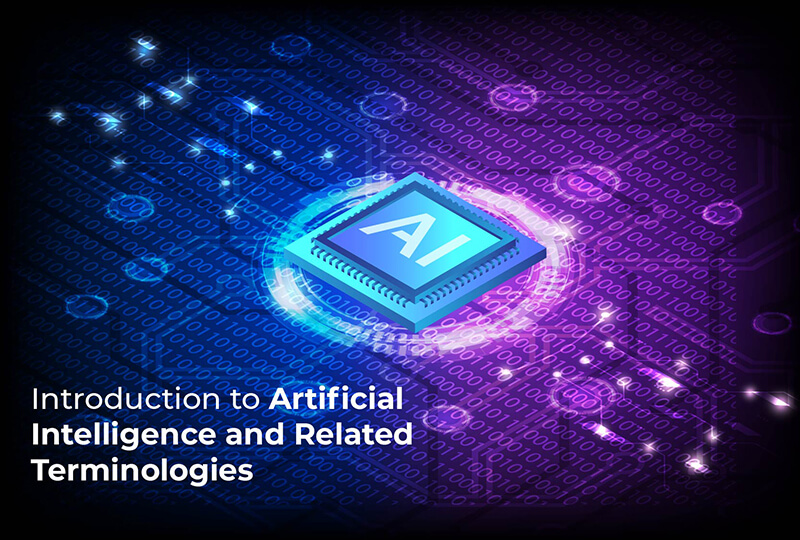Hello!!! Welcome to this series for blogs where we will look at different AI/ ML related terminologies, different algorithms and so on.
Let us get right to it…
In this new age of technology, everyone wants to incorporate artificial intelligence (AI), machine learning (ML) and deep learning (DL) in day-to-day life to achieve ease of working. Most of the times, these are interchangeably used but it is important to understand that artificial intelligence is the hood under which all these other terms are. These technologies have wide range of applications in various sectors such as banking, finance, manufacturing, healthcare, education, business, information technology, retail etc.
Artificial intelligence is a part of computer science which teaches machines to think and work like humans.
There are three different types of AI:
- Artificial Narrow Intelligence (ANI),
- Artificial General Intelligence (AGI) and
- Artificial Super Intelligence (ASI).
Examples of artificial intelligence are manufacturing robots, self-driving cars, smart assistants, proactive healthcare management, disease mapping, automated financial investing, virtual travel booking agent, social media monitoring and so on.
Now, moving on to machine learning, this is a division of artificial intelligence. Machine learning offers various algorithms which use statistical methods and concepts to learn from the historic data which is available and change the understanding of the algorithm subsequently. There are different machine learning algorithms such are decision trees, random forests, K-means clustering, support vector machines, linear or logistic regression etc. All these algorithms build models using sample data and use this model to make certain decisions or predictions as per the need.
There are three types of ML:
- Supervised Learning,
- Unsupervised Learning and
- Reinforcement Learning.
Machine learning applications include email filtering, churning of a customer or loan defaulter, predicting outcomes of games, scores of students, prices of houses or cars and so on.
And finally, we have Deep learning. This is a subset of artificial intelligence as well. Deep learning mimics the functions of a human brain by using neural networks. Deep learning is essentially a machine learning algorithm which uses multiple deep neural networks to evaluate the available data and produce results accordingly.
Deep learning is used for:
- Different object detection,
- speech recognition,
- languages translation,
- caption generation,
- news aggregation and etc.
Deep learning models require humongous amount of data along with high computational power. With increase in data, there is increase in the depth of neural networks and this results in DEEP networks being formed. Advantage of deep networks over machine learning is that as the model trains on the sample data, it begins to learn to extract and engineer its own functions which we manually must engineer in case of traditional machine learning algorithms.
In upcoming blogs, we will dive deep into different algorithxsms, their uses and applications, required hyper-parameters and so on. Stay tuned!
